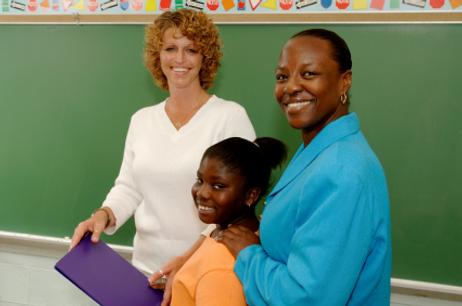The Center for Education Policy predicts that by 2012, nearly 74% of all public schools in America will require students to pass an exit exam to graduate. Currently, many schools across the country have already implemented mandatory exit-course tests, often referred to as “EOCs” ("which" stands for “End of "course” exam)."According to interviews and surveys, “state-e" education officials reported many reasons for adopting end-of-course exams. Almost all states that have adopted or are moving toward end-of-course exams reported that they are doing so to improve overall accountability, increase academic rigor, and achieve alignment between state standards and curriculum.”
An Ove"View of Exit Exams
The national education initiative “NChildrenil" Left Behind” is considered one of the leading causes and catalysts for the rise in exit exams. No Child Left Behind requires all schools to submit formal standardized test scores, which will be utilized to assess and review each school’s ance. To better prepare students for standardized tests, many schools have implemented EOCs and graduation tests to provide students with added and consistent testing practice.
A graduation exit exam is often a project or test that assesses a student's understanding of their high school educational experience; an EOC, on the other hand, is designed to evaluate a student of a particular class/course content and information.
In addition to providing students with beneficial testing practice, many school and state leaders assert that exit exams are being instituted to hold all students equally accountable for the information they were required


















